Iyengar kolam and saris auction
I could spend hours contemplating these rhythmic, abstract graphs, brimming with imaginary suggestions. The choreography of the body and the fingers is so interwoven that you quickly forget where the dance graphics begins and ends.

One of my greatest pleasures when I am in Chennai is to spend an afternoon in the company of the women who come to the Vedanta Desikar temple to paint, especially on important dates in the shrine's religious calendar. They live in the neighbourhood and often gather to draw kolam on the floor of the pillar hall.
I could spend hours contemplating these rhythmic, abstract graphs, brimming with imaginary suggestions. The choreography of the body and the fingers is so interwoven that it is easy to forget where the dance graphics begins and ends. My gaze lightens, I no longer try to understand the meaning of the images.

I let myself be carried away by the rhythmic flow of curves, arabesques and long ribbons that unfold moment by moment to complete the drawings on the floor. Vibrant graphic lines create landscapes imbued with religious symbols, or perhaps inspired by the deep-rooted memory of the ancient curvilinear Pallava Grantha script that can be admired here and there in the temples of Tamil Nadu.
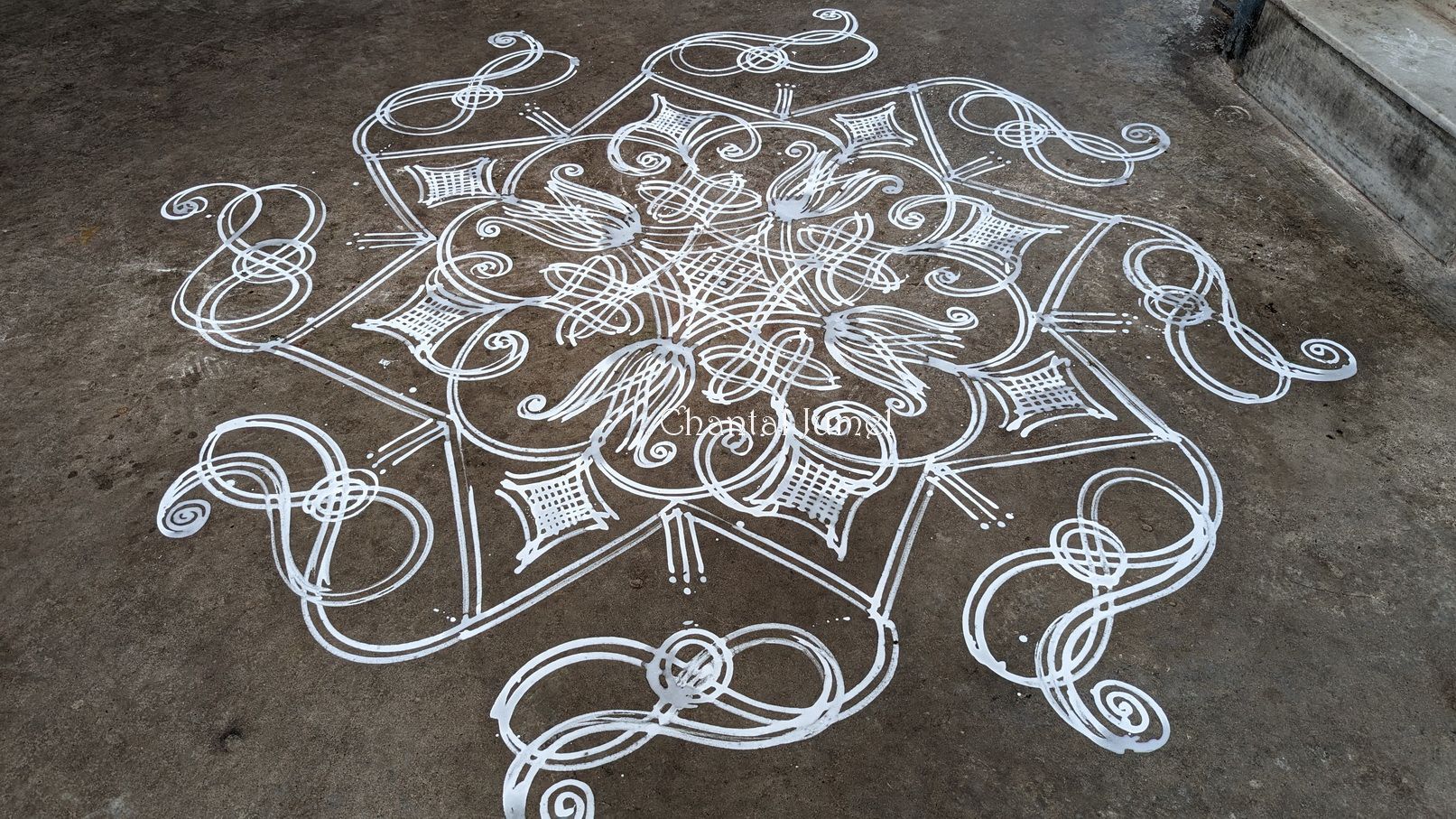
These braided paths, these ample unwinding, winding and other spiral movements, in repeated zigzags, oscillate between slowness and speed, impetuous bursts and freeze-frames. These dynamic compositions, repeated in cadence, evoke incantation, inner exploration and prayer. It is as if the women were seeking a fleeting break in human time to connect with the divine.
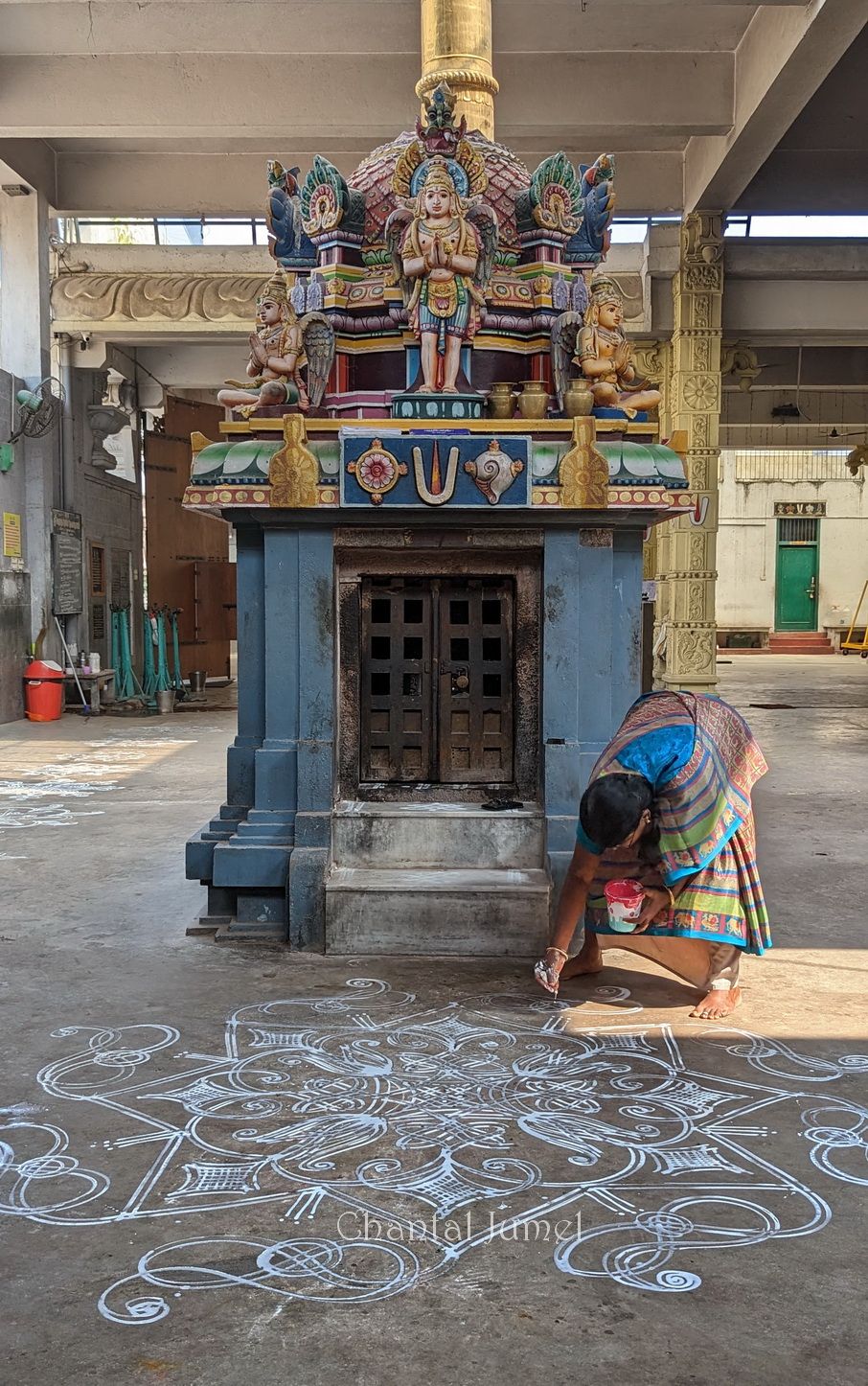
Their almost ecstatic dance around the kolam suggests that they are contemplating something of the divine presence, but in what form? Is the divine perceived as a power, a radiance? In Indian spirituality, music, dance, and religious experiences are intimately linked. The Supreme Being can manifest Himself in all forms, even in the silence of the majestic, nourishing lines of a rice milk kolam. An experience that culminates in an intimate face-to-face encounter with oneself.

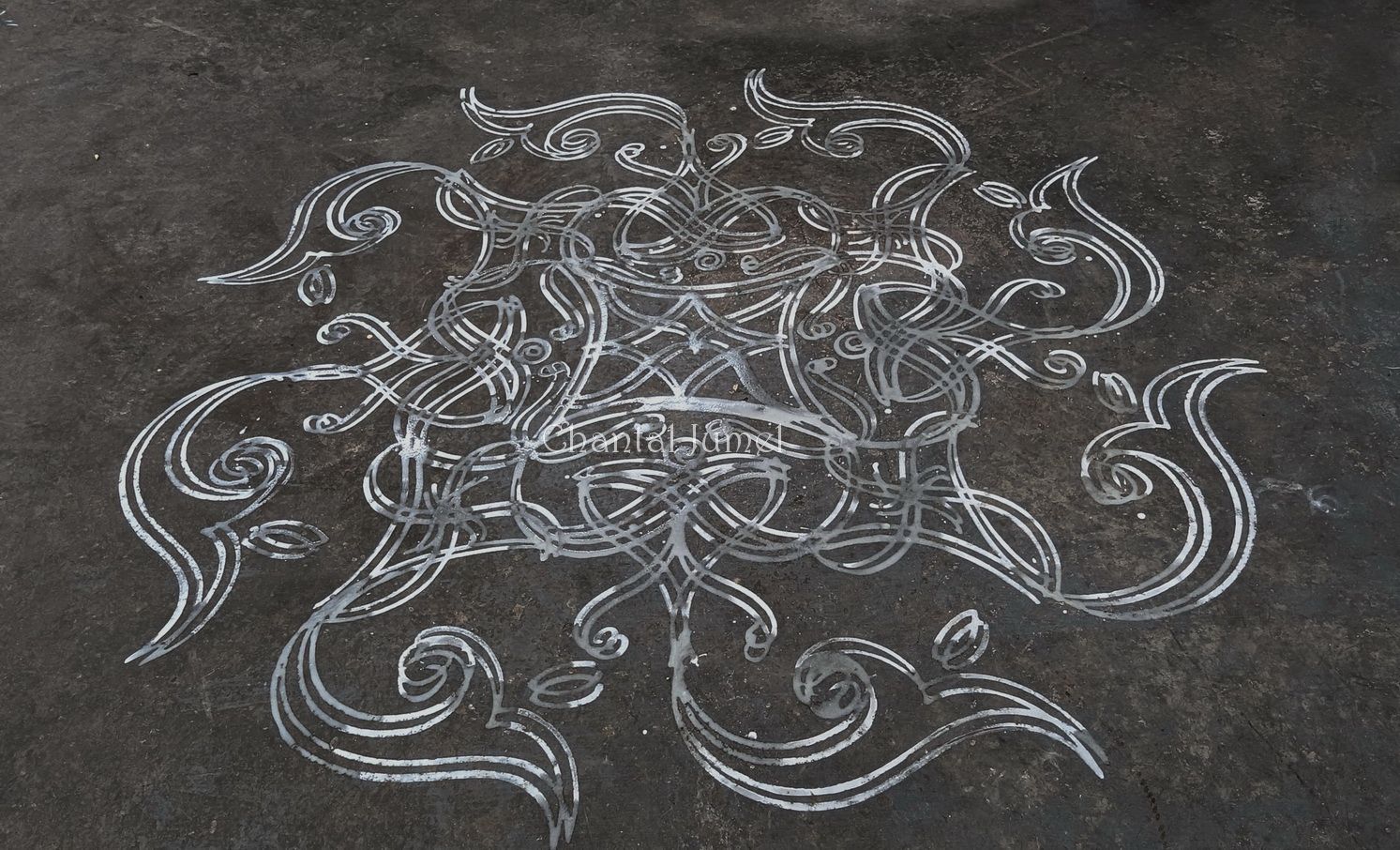
Once the floor in the hall was fully adorned with these amazing kolam, I slowly came back to reality as there was a unique event occurring in the temple today which was unfamiliar to me: an auction. Twice a year the temple holds auctions to sell saris and dhotis offered to the divine couple by devotees. Auctions are also conducted in other temples, producing significant profits.

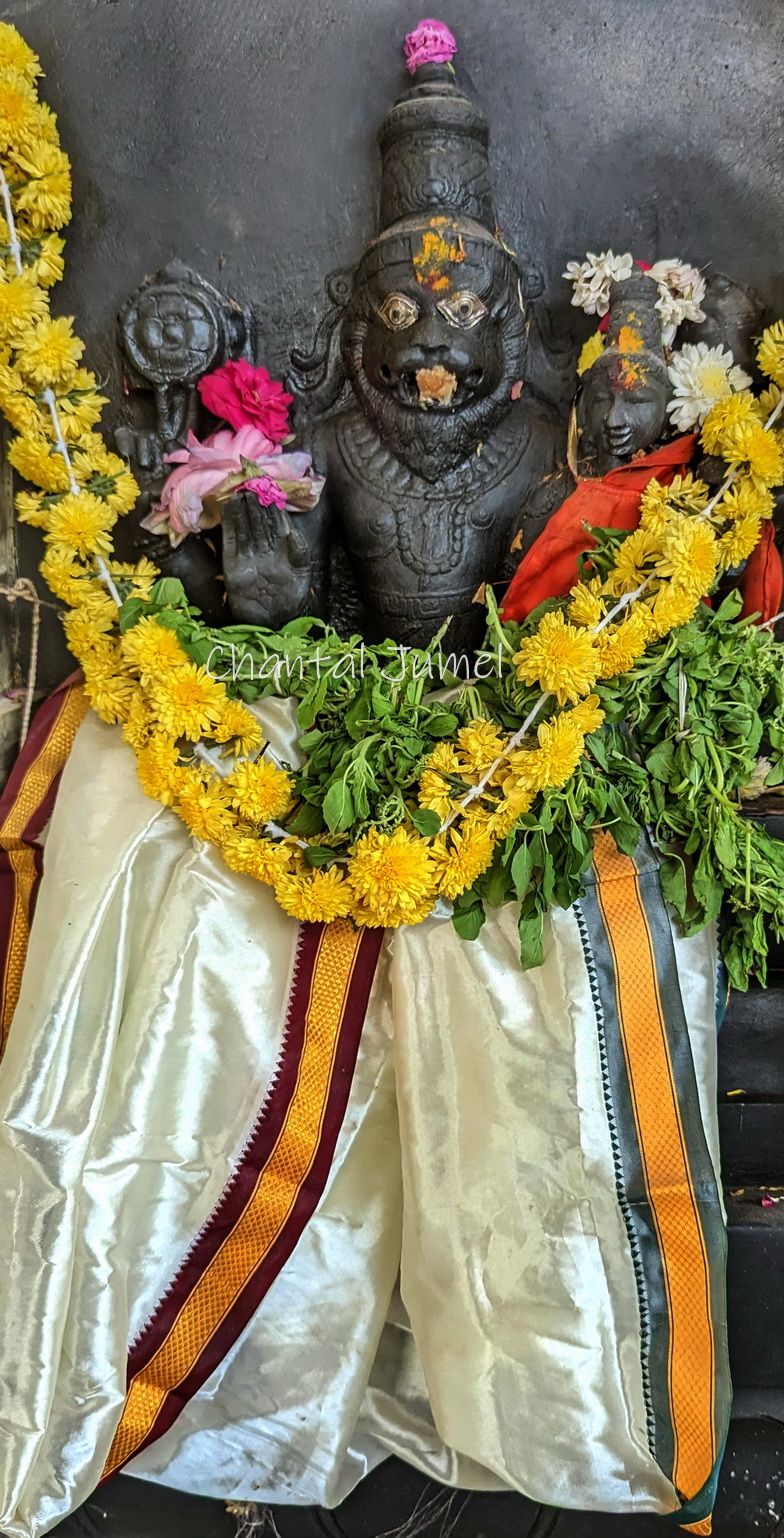
In the large hall adjacent to the temple, members of the temple authorities hang the textile offerings one by one from a rope held between two pillars. The saris and loincloths form impressive piles as new saris and dhotis are offered every day of the year, draped around the statues, and later put up for sale.

Generally, only women from the local community attend and buy. Although these fabrics are eventually stained or damaged by the rituals performed before the divine statues, the women do not hesitate to buy them and eventually transform the damaged ones into skirts and tops for the young girls, as they are inherently auspicious.

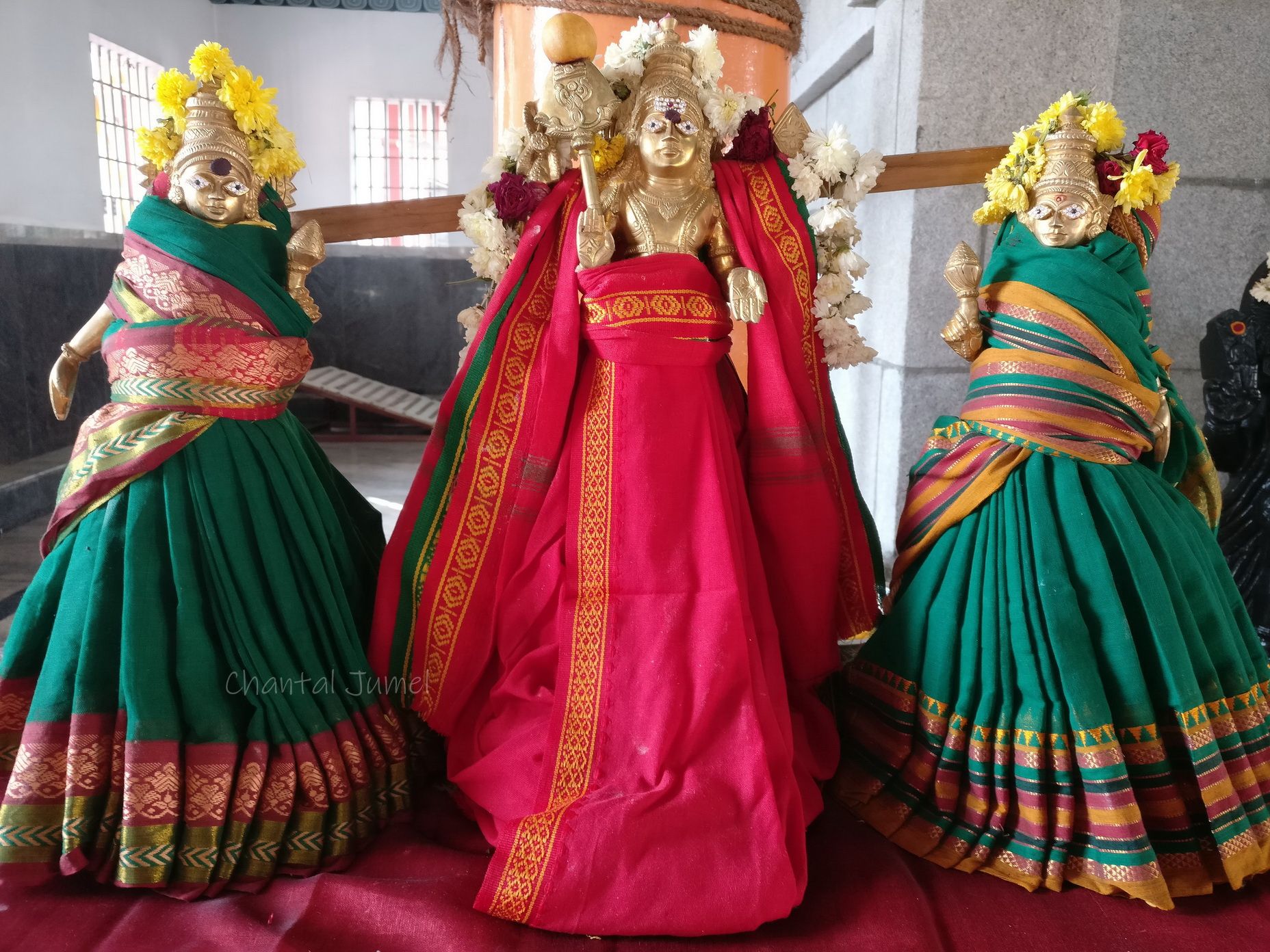
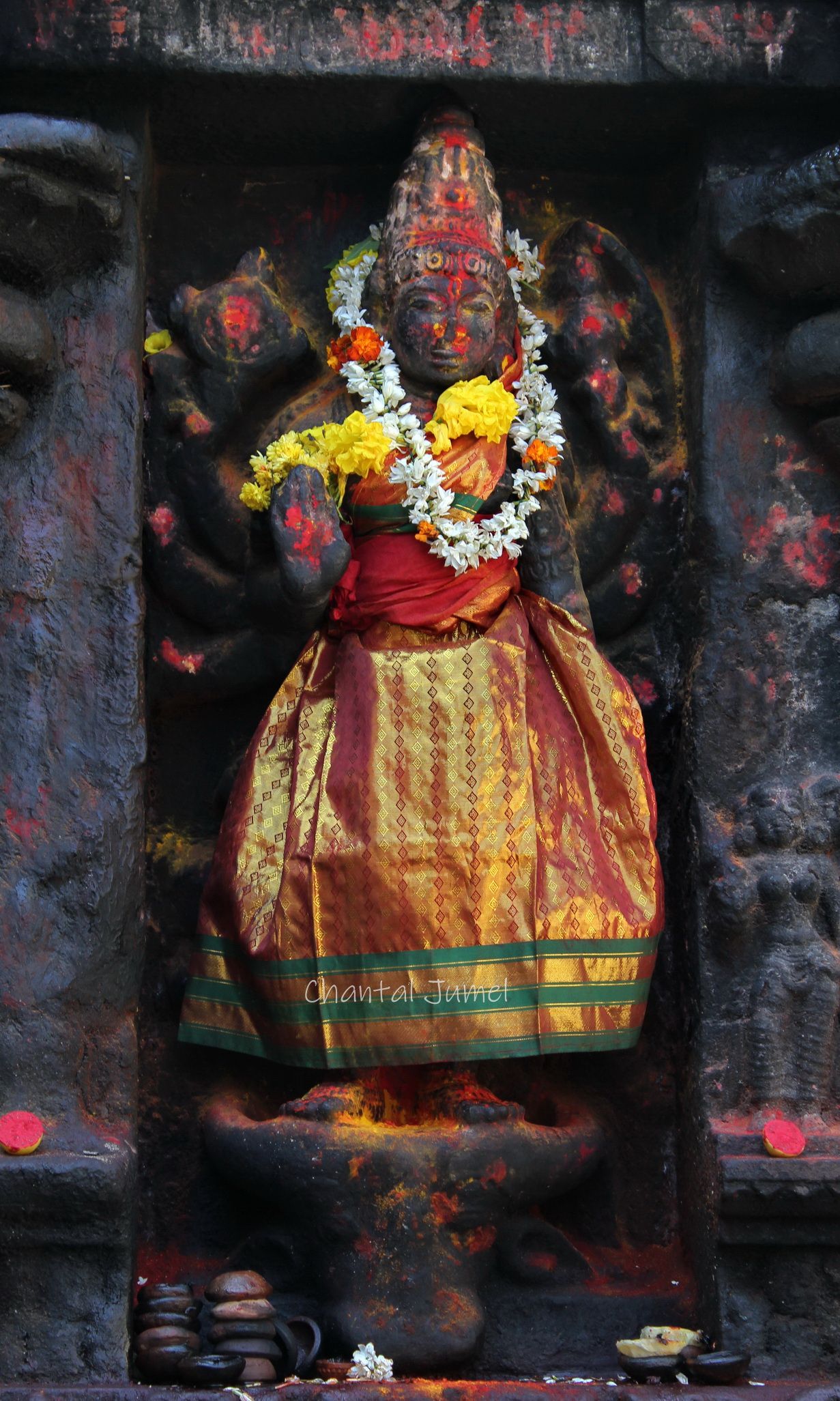
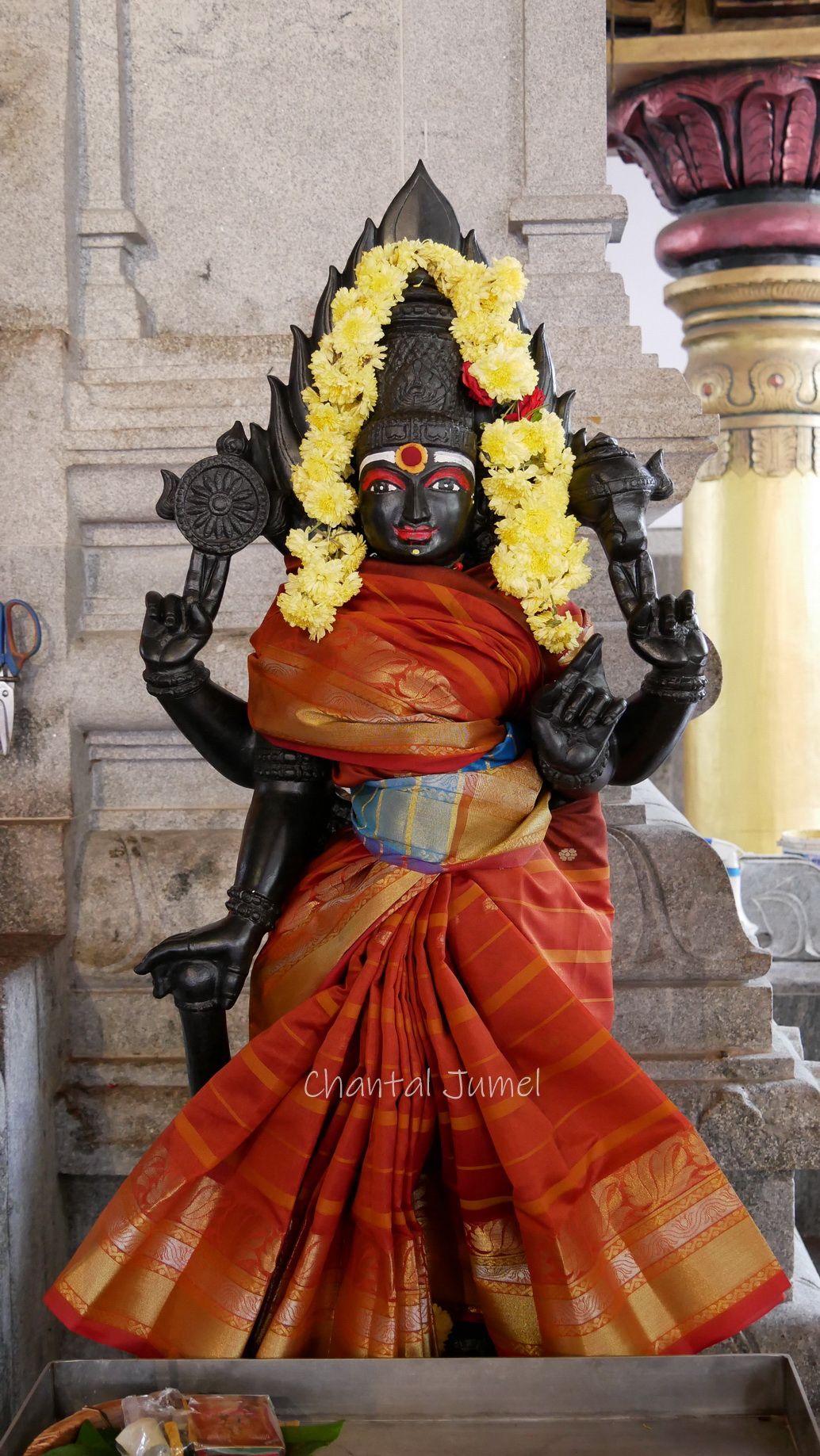
Women I admire
You only realise it's an ecstatic ballet when you see them drawing.
